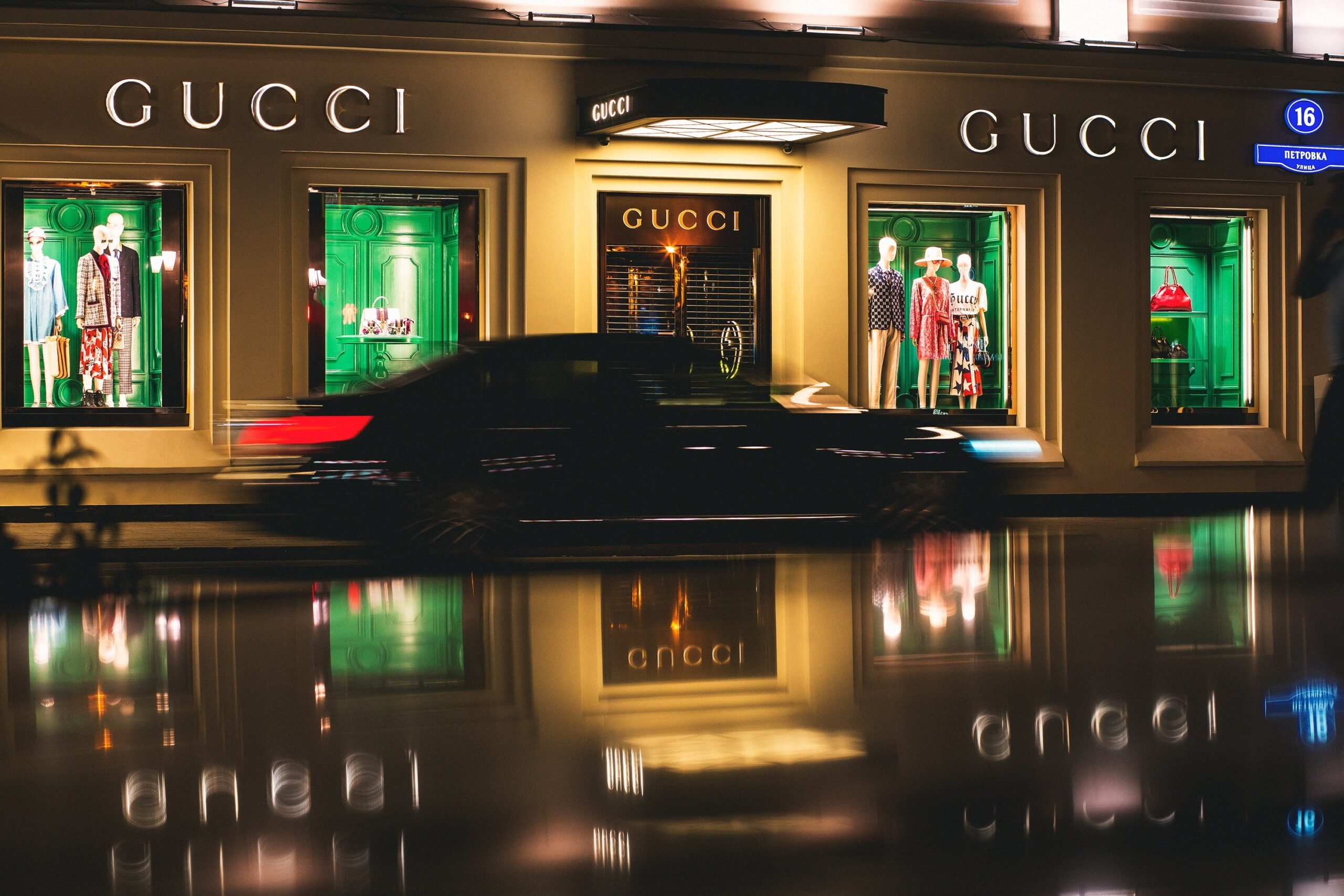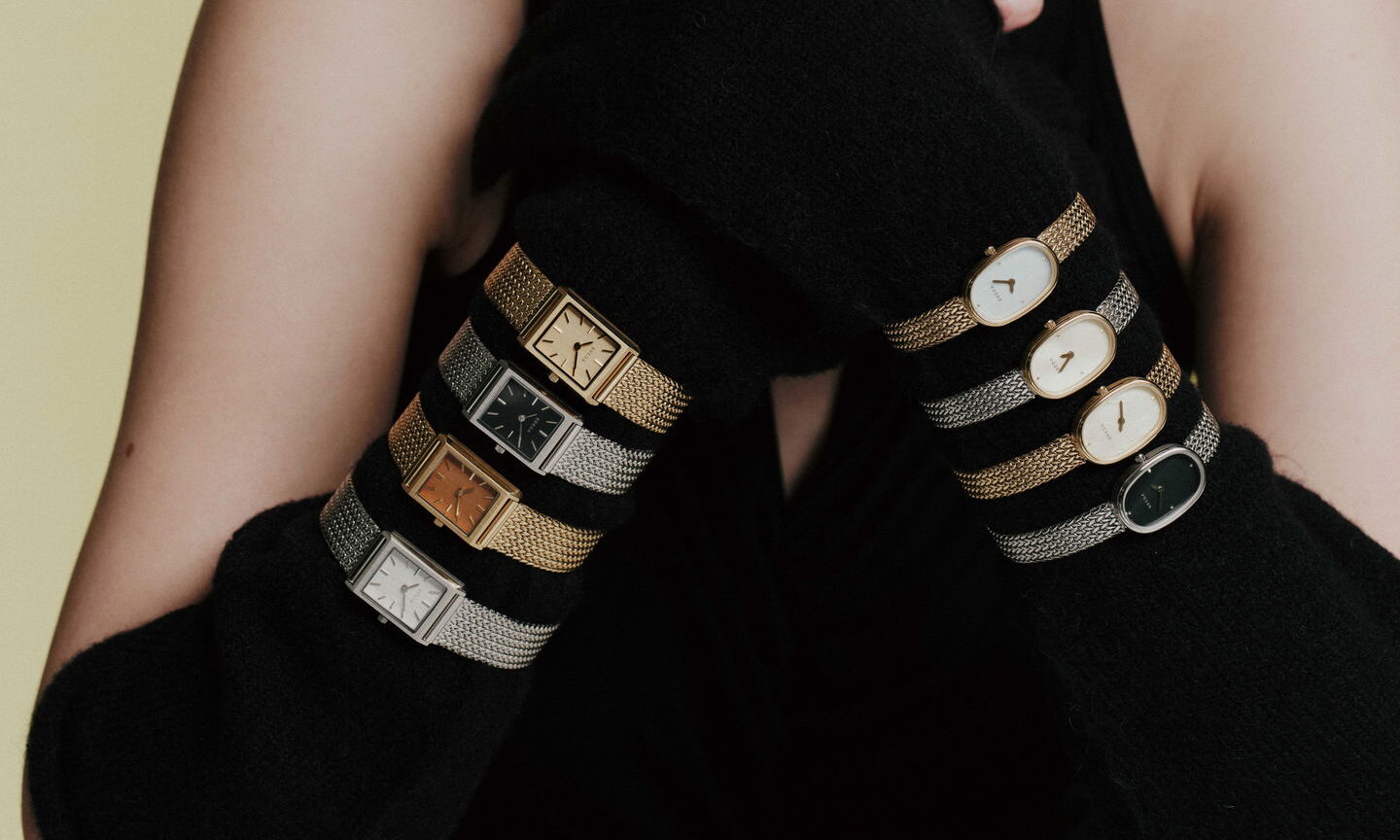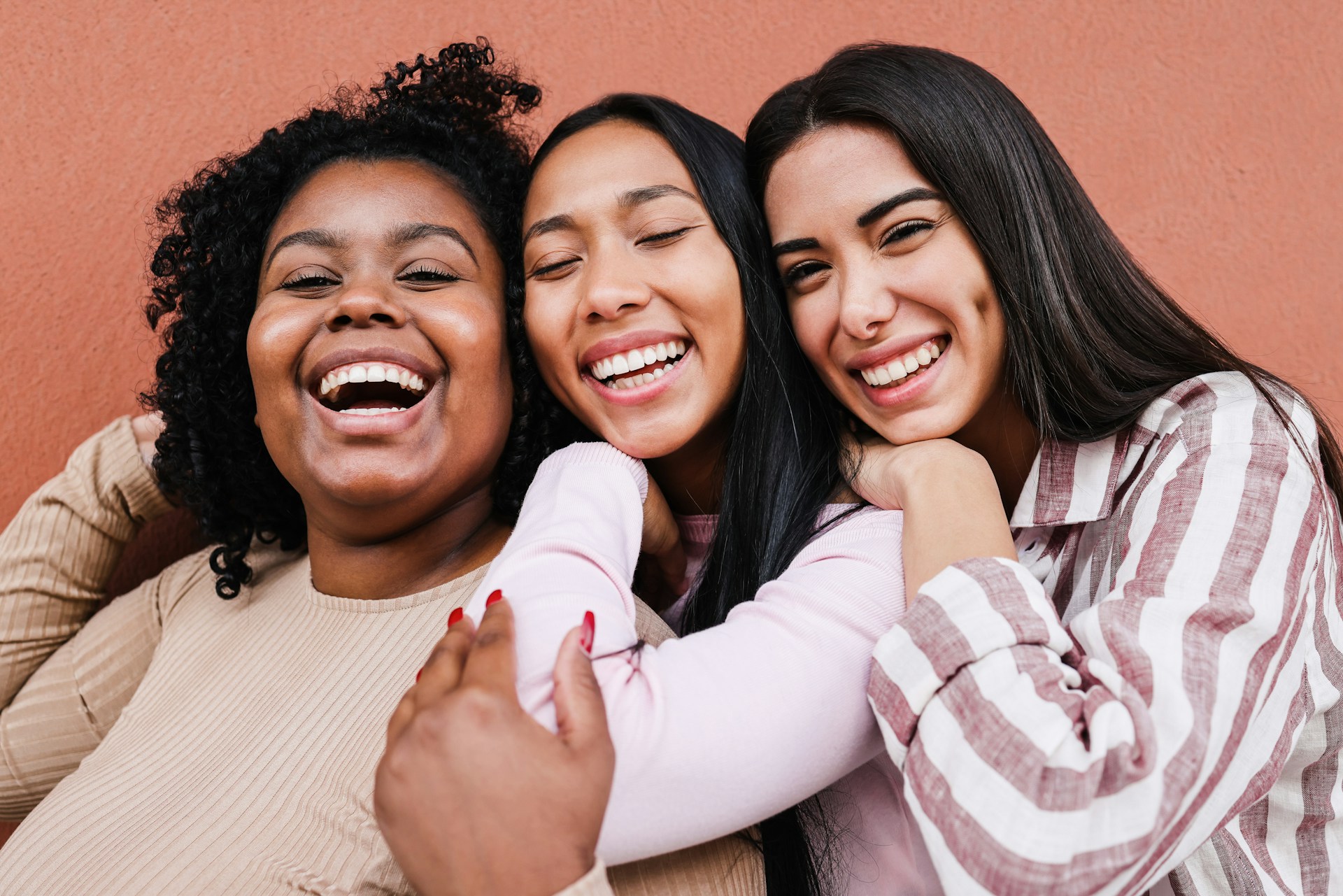
Gucci Display Windows
Photo by Dima Pechurin (Unsplash)
Gucci’s offensively high prices were overshadowed this week by the galling racism of its “blackface sweater,” as it’s been deemed by the public.
The high-end brand released an $890 “wool balaclava sweater,” which is essentially a black turtleneck with a mouth cut out surrounded by cartoonish, red lips. Immediate backlash critiqued the apparel’s resemblance to blackface caricatures.
In response, Gucci pulled the sweater from stores and online. In a statement issued on Twitter, the brand gave a generic, obligatory apology, stating, “Gucci deeply apologizes for the offense caused by the wool balaclava jumper…We consider diversity to be a fundamental value to be fully upheld, respected, and at the forefront of every decision we make.” They add, “We are fully committed to increasing diversity throughout our organization and turning this incident into a powerful learning moment for the Gucci team and beyond.”
The label doesn’t share how the concept was approved in the first place, nor do they even acknowledge the disconcerting resemblance to racist minstrel imagery that proliferated well into the 20th century. Film producer Tariq Nasheed panned the apology on Twitter, posting, “So @gucci puts out a sweater that looks like blackface…On Black History Month…And then issues an apology because they didn’t know that blackface images are racist.”
Unfortunately, the racial insensitivity of blackface seems to be a trending topic this year, with two Virginian politicians exposed for donning blackface during their college careers. Governor Ralph Northam confessed to donning blackface in the 1980s as part of a Michael Jackson costume. Soon after, Attorney General Mark Herring admitted to wearing blackface at a 1980 undergraduate party where he dressed as rapper Kurtis Blow. In entertainment, Megyn Kelly was fired from Fox late last year for defending blackface (and “whiteface,” which is not a thing) as parts of Halloween costumes. On top of this, recently dug up footage of The View captures Joy Behar showing off a photo of herself in an old Halloween costume as a “beautiful African woman” and dark makeup (“I was so cute!” she says).
What keeps drawing people to blackface?
David Pilgrim, director of the Jim Crow Museum of Racist Memorabilia, says it could start out as naive curiosity: “You get an opportunity to walk like, talk like, look like what you imagine black people to be.” But Dwandalyn Reece of the Smithsonian’s National Museum of African American History and Culture points out, “they’re not really trying to understand how the stereotypes work.”
And as Gucci’s bloodless apology demonstrates, “people don’t seem to learn the lesson.” Reece critiques that these incidents repeat because people mistakenly think they can separate blackface from the history of slavery and Jim Crow oppression that birthed it. “When you reduce someone to a stereotype,” Reece adds, “it is a way of distancing yourself from them.” Blackface, in particular, dehumanizes an entire racial community into a costume–or just an ugly, $890 sweater.
POP⚡DUST | Read More…
Jay-Z Hires Lawyer for 21 Savage in Racist Deportation Case
Does Matt Groening Know “The Simpsons” Is Still On?
Tyra Banks Channels Willy Wonka in “Modelland” Theme Park
- Gucci withdraws jumper after ‘blackface’ backlash – BBC News ›
- Gucci pulls ‘blackface sweater’ from stores after complaints ›
- Gucci Blackface Sweater Apology; Label Calls It a ‘Learning Moment … ›
- Gucci sweater creates uproar for appearing to resemble blackface … ›
- Gucci apologizes for ‘racist’ sweater, pulls it from stores – The … ›
- Gucci blackface sweater: Company sorry, discontinues balaclava … ›
- Gucci blackface sweater: Gucci removes $890 “blackface” sweater … ›
- Gucci apologizes after social media bashes sweater – CNN Video ›
- Gucci apologizes and stops selling $890 ‘blackface’ sweater ›
- Gucci blackface: fashion brand apologizes for sweater – CNN ›













